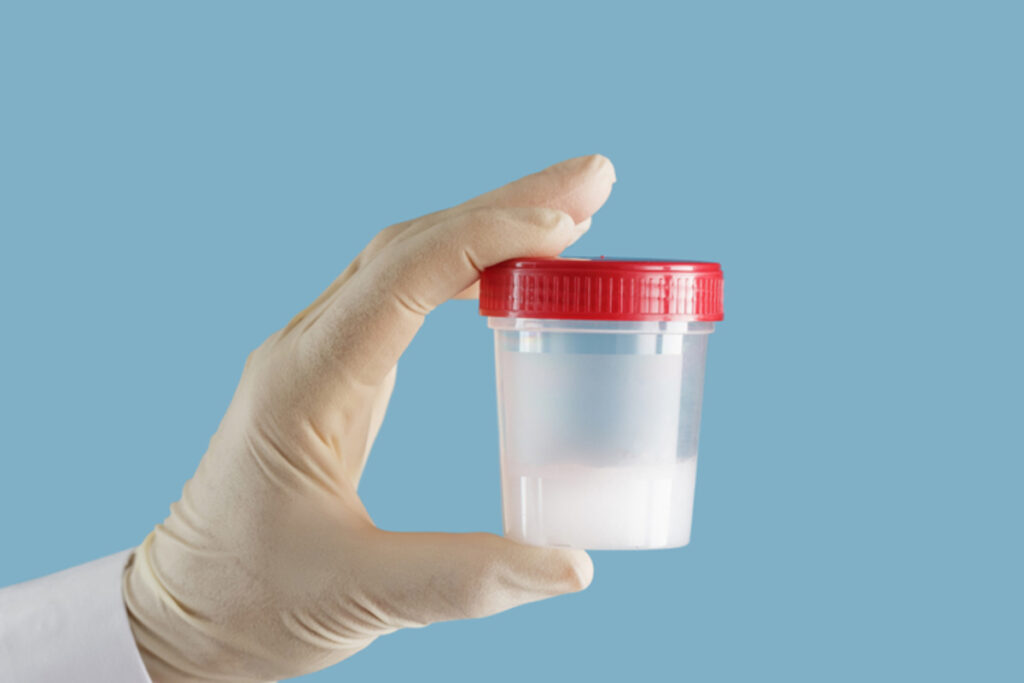A cryobank, also known as a sperm bank or egg bank, is a specialized facility where human gametes (sperm and eggs) and other reproductive tissues are collected, frozen, and stored for future use. Cryobanks play a crucial role in assisted reproductive technologies (ART), such as in vitro fertilization (IVF), and provide services for individuals and couples looking to preserve fertility or use donor gametes. These facilities also support scientific research, genetic testing, and offer options for people undergoing medical treatments that could impair their reproductive capabilities, such as chemotherapy or radiation therapy.

1. Sperm Banking
Collection:
Donors or clients provide sperm samples, which are typically collected through masturbation in a private setting.
Screening:
Sperm samples are tested for quality, motility (movement), and morphology (shape). Donors undergo thorough medical, genetic, and infectious disease screenings.
Freezing:
Sperm samples are mixed with a cryoprotectant to protect the cells during freezing. The samples are then frozen using a process called cryopreservation and stored in liquid nitrogen at extremely low temperatures (-196°C or -321°F).
Storage:
Frozen sperm can be stored for years and used for artificial insemination, IVF, or other fertility treatments.
2. Egg Banking
Collection:
Women undergo hormonal stimulation to produce multiple eggs, which are then retrieved through a minor surgical procedure.
Screening:
Eggs are evaluated for quality and viability. Donors undergo comprehensive medical, genetic, and infectious disease screenings.
Freezing:
Eggs are frozen using a process called vitrification, which involves rapid freezing to prevent ice crystal formation that could damage the cells.
Storage:
Frozen eggs can be stored for years and used in future IVF cycles.
3. Embryo Banking
Creation
Embryos are created by fertilizing eggs with sperm in a laboratory setting (IVF).
Freezing:
Embryos are frozen using vitrification and stored for future use.
Storage:
Frozen embryos can be stored for years and can be thawed and transferred to the uterus during an IVF cycle.
4. Tissue Banking
Ovarian and Testicular Tissue:
In some cases, ovarian or testicular tissue can be frozen for future use, particularly for individuals undergoing treatments that may affect fertility, such as cancer therapy.
Reasons for Using a Cryobank
Fertility Preservation: Individuals undergoing medical treatments (e.g., chemotherapy) that could impair fertility may choose to bank sperm, eggs, or embryos.
Donor Gametes: Individuals or couples with fertility issues may use donated sperm or eggs to achieve pregnancy.
Single Parenthood: Single individuals who wish to become parents can use donor sperm or eggs.
LGBTQ+ Family Building: Same-sex couples and transgender individuals may use cryobank services to build their families.
Delayed Parenthood: Individuals who want to delay childbearing for personal or career reasons can preserve their fertility for future use.
Screening and Regulations
Cryobanks follow strict guidelines and regulations to ensure the safety and quality of stored gametes and tissues. Screening procedures typically include:
Medical History: Thorough review of the donor’s medical history and family health history.
Infectious Disease Testing: Screening for sexually transmitted infections (STIs) and other infectious diseases.
Genetic Testing: Testing for genetic disorders to minimize the risk of passing on hereditary conditions.
Psychological Evaluation: Donors may undergo psychological evaluation to ensure they understand the implications of donation.
Benefits and Limitations
Benefits:
Fertility Preservation:
Provides options for individuals facing medical treatments or other circumstances that may affect fertility.
Family Building:
Enables individuals and couples to achieve pregnancy using donor gametes or embryos.
Genetic Diversity:
Donor screening helps reduce the risk of genetic disorders.
Limitations:
Costs:
Cryobanking can be expensive, including costs for collection, screening, freezing, and storage.
Success Rates:
While cryopreservation techniques are advanced, not all frozen gametes or embryos result in successful pregnancies.
Emotional and Ethical Considerations:
The use of donor gametes or embryos can involve complex emotional and ethical issues for individuals and families.
Cryobanks provide essential services for preserving fertility and enabling family building through assisted reproductive technologies. They offer hope and options for individuals and couples facing various reproductive challenges.
